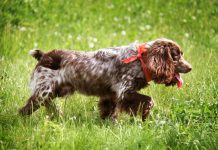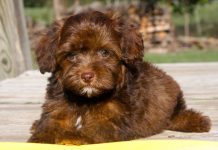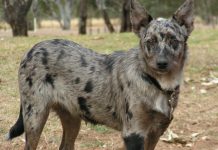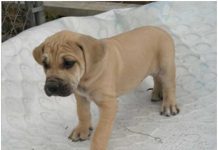We’ll explore why dachshunds are so long, how their body shape evolved, and what roles they played throughout history.
Dachshunds are one of the most recognizable dog breeds in the world, largely because of their unique, elongated body and short legs.
Often affectionately called “wiener dogs” or “sausage dogs,” these small but bold canines were originally bred for very specific tasks.

The Origins of the Dachshund
The dachshund’s roots trace back to Germany in the 15th century.
The name “Dachshund” comes from two German words: “Dachs,” meaning badger, and “Hund,” meaning dog.
These early dogs were bred with one purpose in mind—to go underground and flush out badgers from their burrows.
Purpose
Badgers are fierce and well-defended animals, so hunters needed a dog that was courageous, low to the ground, and narrow enough to chase prey into tunnels.
A long body and short legs allowed the dachshund to navigate tight spaces underground, dig quickly, and engage badgers in combat if needed.
This body plan wasn't just convenient—it was essential to the breed’s survival and usefulness.
Selective Breeding and the Elongated Body
Over generations, breeders enhanced specific traits to create an ideal badger-hunting dog. These traits included:
- A long spine to help them slither through underground tunnels.
- Short, sturdy legs for stability and digging power.
- A deep chest to support large lungs, providing stamina during hunts.
- Strong paws with thick pads and claws, ideal for digging through soil.
- A loud, deep bark, which allowed hunters to locate them underground.
This combination of physical features made the dachshund a specialized tool in the hunter’s arsenal.
Over time, why dachshunds are so long defines a breed characteristic.
How the Shape Helped in Hunting
The dachshund’s shape is all about function. Their length helped them wiggle through narrow tunnels, while their short legs kept them low to the ground.
This was ideal for chasing animals like badgers, foxes, and Rabbits.
The breed was originally divided by size and coat type, each suited to different types of terrain and prey. For example:
- Standard dachshunds (16–32 pounds) were ideal for badgers.
- Miniature dachshunds (under 11 pounds) hunted smaller prey like rabbits.
- Wirehaired varieties were preferred in thorny or rough terrain.
Their shape gave them both the agility and bravery needed for subterranean combat.
Evolution Into a Companion Dog
By the late 19th and early 20th centuries, dachshunds transitioned from hunters to beloved household pets.
Even as hunting declined, the long body and short legs were preserved because they became breed standards recognized by kennel clubs around the world.
Today, dachshunds come in three coat types—smooth, wirehaired, and longhaired—and two main sizes, but their elongated body has stayed consistent.
While they may no longer hunt badgers, their appearance continues to honor their past.
Health Implications of Their Long Bodies
While the dachshund’s shape was useful in the past, modern lifestyles have introduced new health challenges related to their structure.
The most common issue is intervertebral disc disease (IVDD), a spinal condition that can lead to pain, nerve damage, or even paralysis.
Why are dachshunds at higher risk? Their long spines are more vulnerable to pressure, especially if their core muscles are weak or they gain excess weight.
Activities like jumping off furniture or climbing stairs can also stress their backs.
Preventing IVDD and Back Problems
Modern dachshund owners can take several steps to protect their pets:
- Keep them at a healthy weight to reduce strain on their spines.
- Avoid excessive jumping by using ramps or stairs.
- Support their backs when lifting them.
- Provide regular exercise to strengthen muscles.
Veterinarians often recommend training dachshunds to avoid high-impact activities and ensuring they have orthopedic bedding or harnesses for walks.
Modern Breeding Standards
Despite health concerns, kennel clubs around the world maintain strict standards that preserve the dachshund’s long body.
According to the American Kennel Club (AKC), the ideal dachshund’s length should be about twice its height at the shoulder.
This standard reflects both tradition and the breed’s working heritage.
Breeders still aim to produce dogs that are not just attractive, but also true to the original hunting purpose—even if most of today’s dachshunds never dig after a badger.
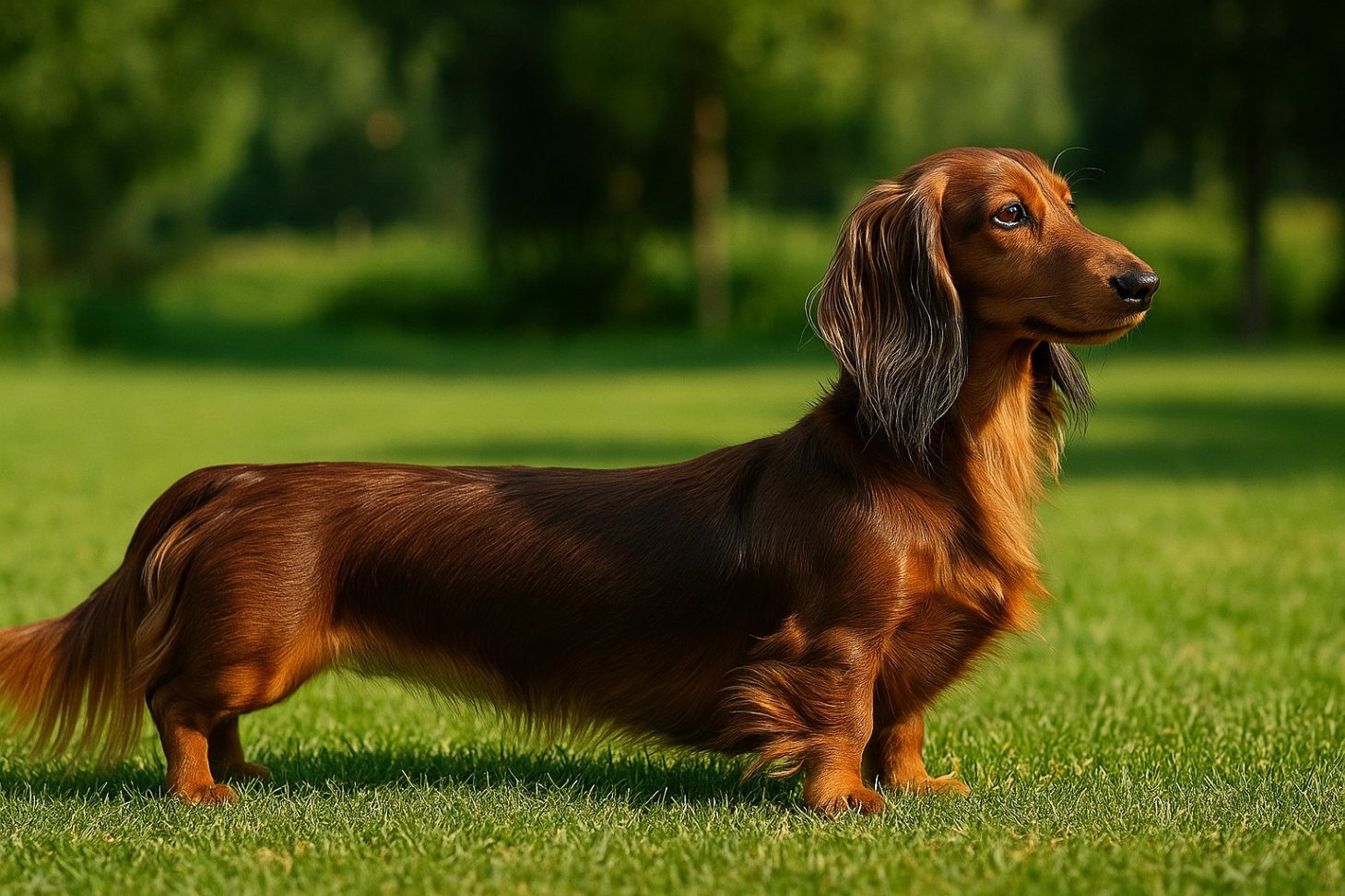
Cultural Impact and Popularity
Dachshunds have become pop culture icons, featured in cartoons, films, and internet memes.
Their shape, often exaggerated in media, has made them symbols of humor and stubborn charm.
They’ve been used in advertising, featured in parades, and even commemorated in sculptures.
The breed’s distinctive body has become a source of branding and identity for pet lovers and companies alike.
Liberty Hounds
During World War I, the breed faced a dip in popularity in the U.S. due to its German origins.
However, by rebranding them as “liberty hounds,” American owners helped preserve the breed’s place in homes across the country.
Resume of Why Dachshunds Are So Long
1. Early Origins (15th Century – Germany)
- Primary Purpose: Hunting burrowing animals (especially badgers).
- Breed Name Meaning: Dachs = Badger, Hund = Dog.
2. Refinement and Functional Breeding (16th–18th Century)
- Standard dachshunds for badgers and foxes.
- Miniature dachshunds for rabbits.
3. Royal Popularization (19th Century)
- Queen Victoria's Affection: Popularized dachshunds in the UK.
- From Hunter to Companion: Breed begins transitioning to pet life.
- Kennel Club Recognition: Breed standards begin formalizing appearance.
4. Global Spread and War Impact (Early 20th Century)
- Breed Exported to U.S. and Europe.
- World War I/II Era: Anti-German sentiment → drop in popularity.
- Renamed as "Liberty Hounds" in the U.S.
- Maintaining shape despite less practical hunting use.
- Emphasis on personality and appearance.
5. Post-War to Present Day (Mid-20th Century–Today)
- Household Companion Role Dominates: Less working-dog use, more family pet status.
- Modern Breed Standards Retain Shape: AKC and FCI specify a long body, short legs.
- Cultural Icon: Featured in media, merchandise, and pop culture.
Conclusion: A Shape Rooted in History
The dachshund’s long body is more than just an endearing quirk—it’s a reflection of centuries of purposeful breeding.
Designed for a specific task in the forests and fields of old Germany, their unique shape was vital for success in underground hunting.
Today, dachshunds continue to charm families worldwide with their bold personalities, loyal nature, and iconic silhouette.


